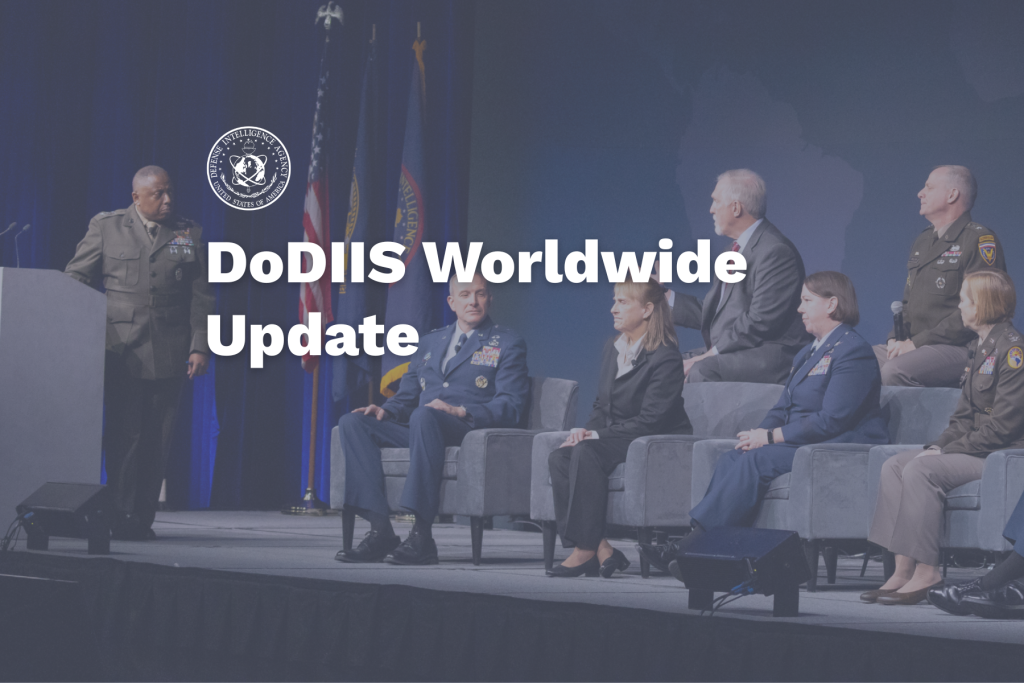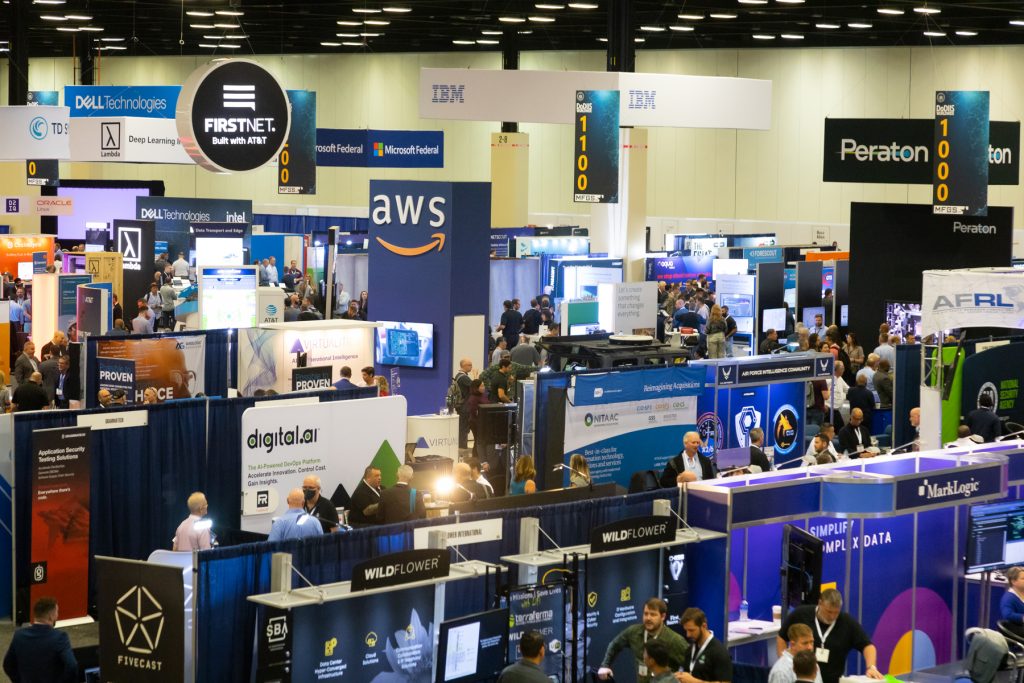National Conference Services, Inc. (NCSI) (est. 1997) is the premier provider of no-cost event planning services customer tailored to meet the specialized requirements of the Department of War, Intelligence Community, and Federal Government.
Trust our expertise to create memorable and impactful government – industry networking opportunities that lead to high-level collaboration and mission success.
When it comes to Government no-cost events, NCSI’s experience, quality, value, and track record of success are unmatched.
Featured Events
View full calendarDoDIIS Worldwide
The Defense Intelligence Agency (DIA) is thrilled to announce that the DoDIIS Worldwide Conference will be returning in 2026! Planning is currently underway, and DIA will announce a date and venue soon. We look forward to building on the momentum and success of past DoDIIS Worldwide Conferences to deliver a valuable experience for government, military, industry, academia, and Five Eyes partners in 2026.

Become an Exhibitor
Do you offer a product or service you want to showcase to government buyers and end users? Exhibiting at an NCSI-produced event for the Department of War, Intelligence Community, or Federal Government gives both large and small businesses a powerful platform for outreach and engagement.





